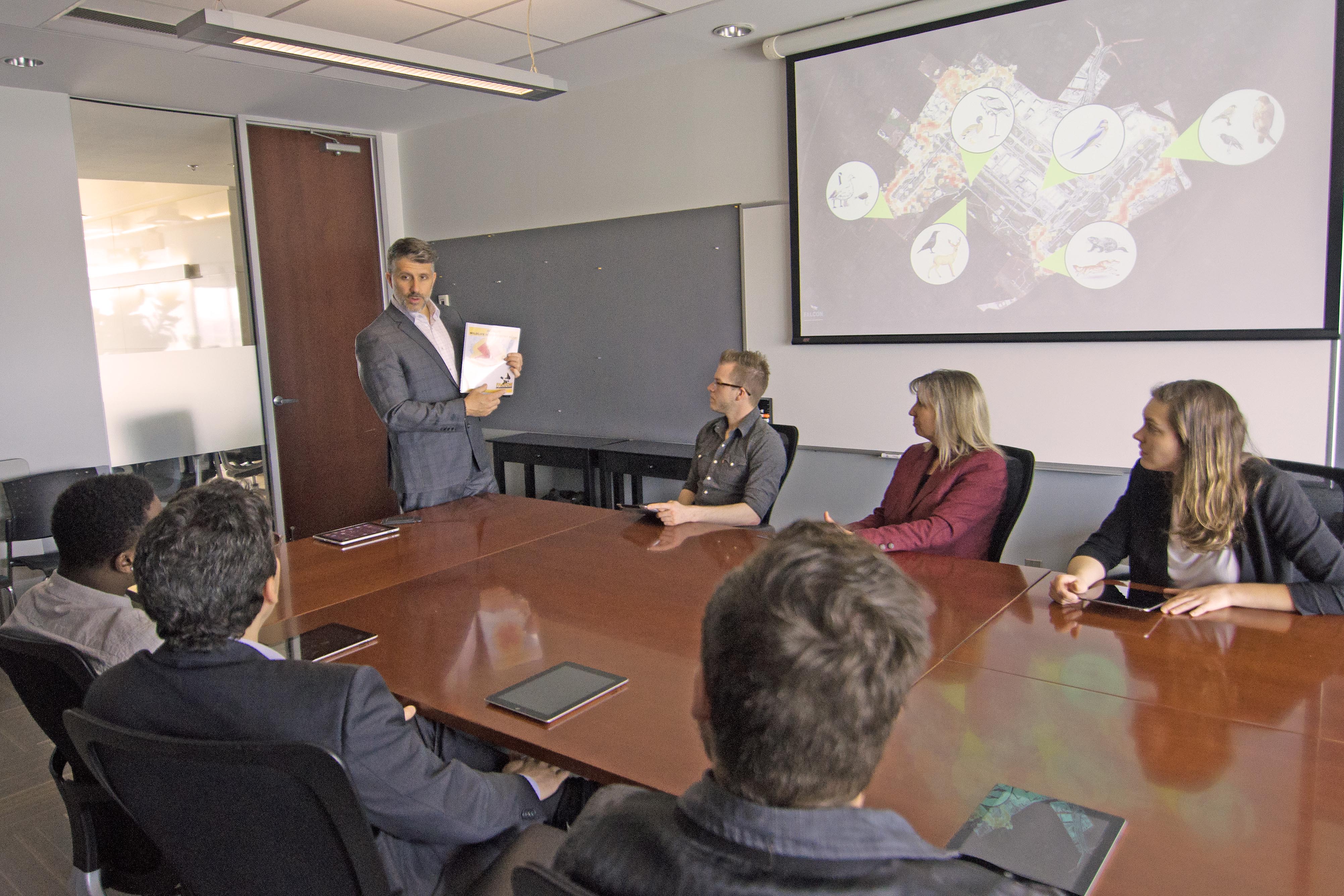
Hello and welcome to the second edition of the Falcon newsletter!
In this edition, we will be covering the topics of Snowy Owl capture in an airport environment, planting of small fruit bearing plants on airport grounds, and finally, upcoming training sessions that you can register for.
In recent years, there has been a significant increase in Snowy Owl sightings at our latitudes. While beautiful, their presence on an airport represents a significant risk because of their hunting behavior near the runways and overall mass. Our information sheet on the subject can be consulted for more details.
While it may be tempting for airport managers to consider planting small fruit bearing plants on the airport territory due to possible zoning changes that may result in tax relief, or the possible revenue from the sale of these plants, the impacts from a wildlife hazard management point of view need to be considered.
Refer to this section for upcoming dates for airport wildlife management training. In accordance with section 302.307 of the Canadian Aviation Regulations (CARs), trainings courses must be given every five years for personnel called to intervene with wildlife. Please do not hesitate to contact us directly if any of the provided dates do not work for you, it would be our pleasure to help find a solution that best suits your needs.
Should you have any questions or comments, please do not hesitate to contact us.
Happy reading!


Do you know this cartridge type?
Range: 75 m (250′)
Combined a loud screeching sound with visible trail through entire range.
Added visual effect increases effectiveness on raptors and decreases animal habituation. Useful in areas with noise restrictions. Can be use early in the morning and late in the evening.
Snowy Owl Capture in an Airport Environment
Since the fall of 2013, Snowy Owl sightings within their movement corridors and at urban airports and have increased significantly in Eastern Canada and the United States. The Snowy Owl breeds in the Arctic Tundra and feeds mainly on lemmings (small rodents) whose populations are cyclical and vary greatly year to year. In terms of the number of lemmings, 2013 broke all records (Project SNOWstorm, 2017)[1], and all data currently suggests that 2017 was also a successful year. Years in which lemmings are abundant allows the owls to raise many young throughout the summer. Since these young owls eventually have to find their own hunting territory, many descend further south to find unoccupied territory due to strong competition in the north. These boom years have had an impact on the number of Snowy Owls seen in the south for several years following since individuals in their first, second, and third year need to find their own hunting territory for the winter. Unquestionably, airports represent a territory similar to where the owls breed with their large open areas and trees where prey, small rodents in this case, are abundant. Additionally, one of the hunting behaviors of owls observed at airports is to wait for prey to cross open asphalt surfaces. By doing so, makes their presence highly undesirable.
Our team has opted for a capture and relocation strategy rather than euthanizing or scaring, which proved to be of little to no benefit for this species. Over the years, Flacon has developed its capture technique by trapping the owls using a net on a circular arc (commonly known as a bow net) activated using a remote trigger.
The following video shows the stages of capture set up by Falcon at airports, as well as the release of a snowy owl.
[1] JF Therrien. 2017. A New Season – and a Report from the Arctic. On line: https://www.projectsnowstorm.org/posts/new-season-report-arctic/ consulted on March 28th, 2018.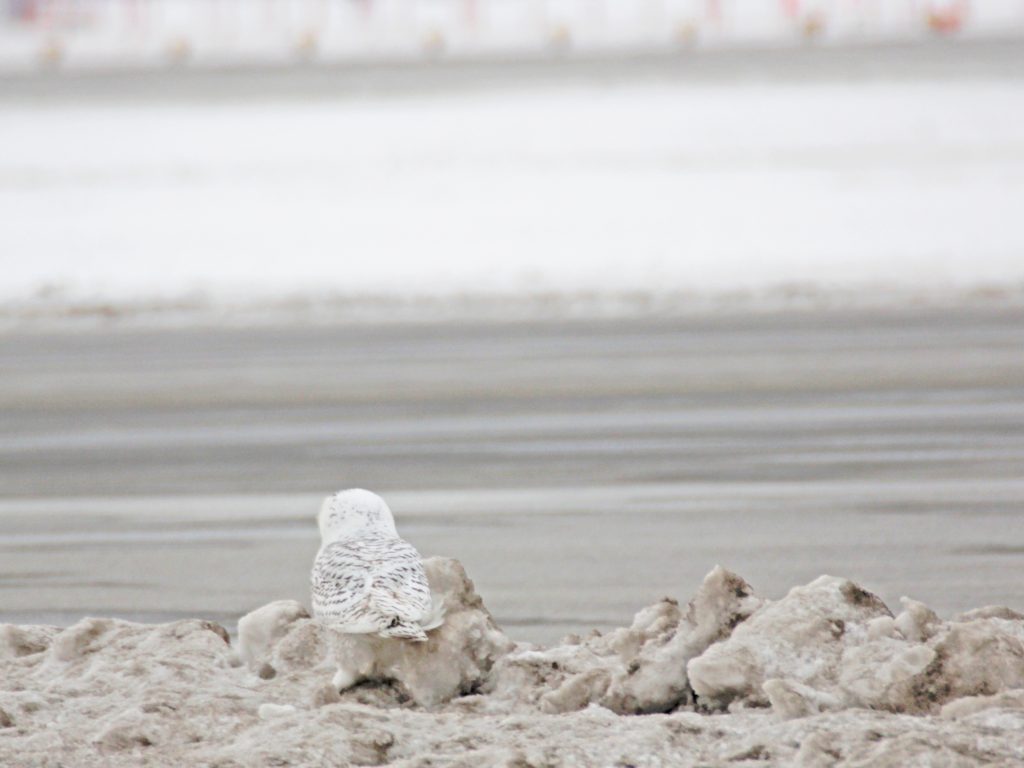
Planting of Small Fruit Bearing Plants
It might be tempting to consider planting small fruits such as raspberries, blueberries, crowberries, cranberries, cloudberries, etc. where the soil is beneficial to their growth in order to possibly profit from their sale, or to benefit from a zoning change. Nevertheless, the attractiveness of these plants in terms of bird hazard is important. According to TP 1247, TP 11500 and the Advisory Document 342 complementing regulations and standards respecting Airport Wildlife Management and Planning, agricultural land within airport boundaries is unacceptable, and requires follow-up.
Even if an airport does not have many movements, and that the risk of an impact is low, the fact remains that these are real concerns and the cost of an impact is considerable, especially if an impact results in a lawsuit. Virtually all airport operators are required by law to implement a wildlife management plan that includes methods used to manage or limit wildlife hazards, and also provide a habitat management policy for the habitats that may attract wildlife. If there is an impact that involves costly damage, compliance with these legal requirements will be verified, and the creation of habitat that can attract wildlife will most likely not be well received.
These types of small berries are particularly attractive for species as Gulls, European Starlings, and Crows, which are species that often appear in the high management priority list at airports because of their body mass and/or the fact that they are often found in groups. Additionally, few dispersal techniques are effective against gulls when the attraction that explains their presence is always present, in this case, small berry plantation. Limiting food availability (i.e. berries), is the most effective control method. That being said, removal can be a colossal task due to the extremely persistent root system and the invasiveness of many of these species. Sites struggling with these plants can confirm the difficulty, but the removal has incredibly beneficial short, medium, and long term results.
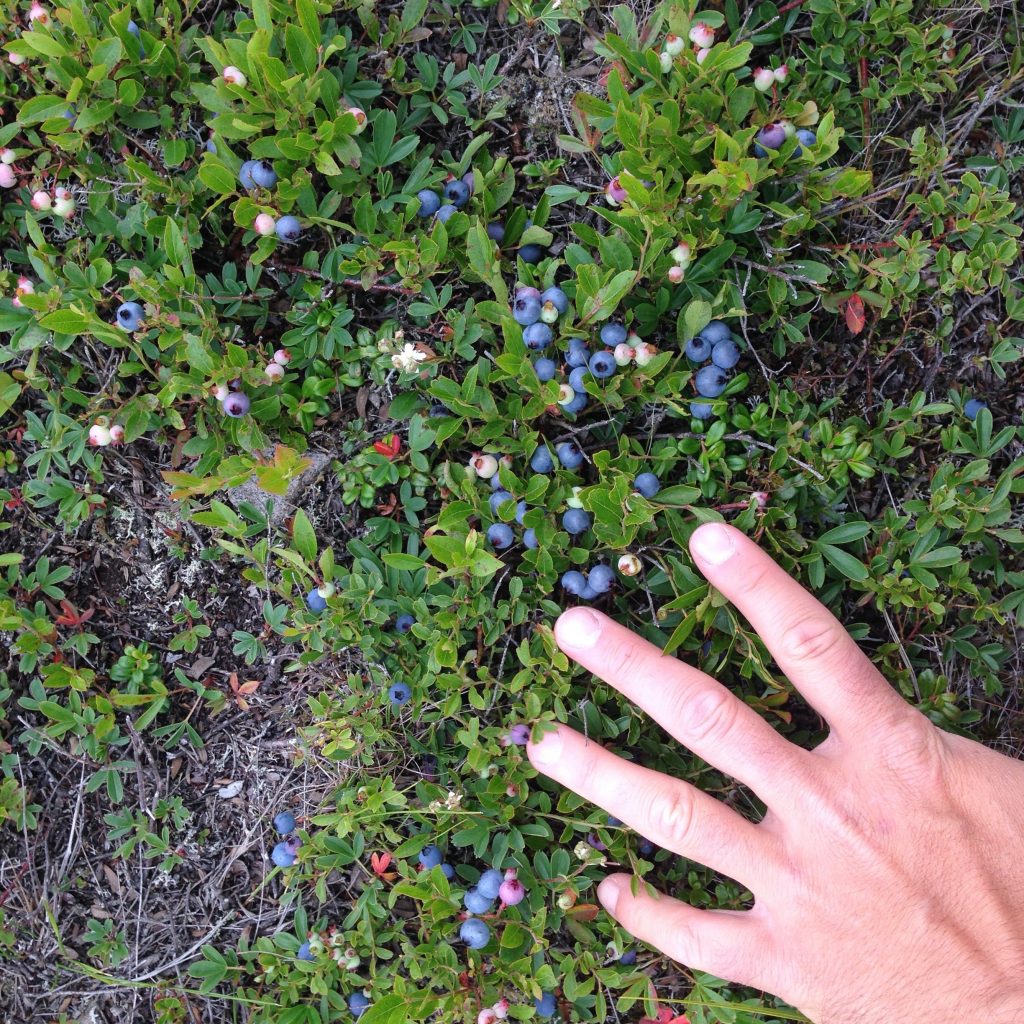
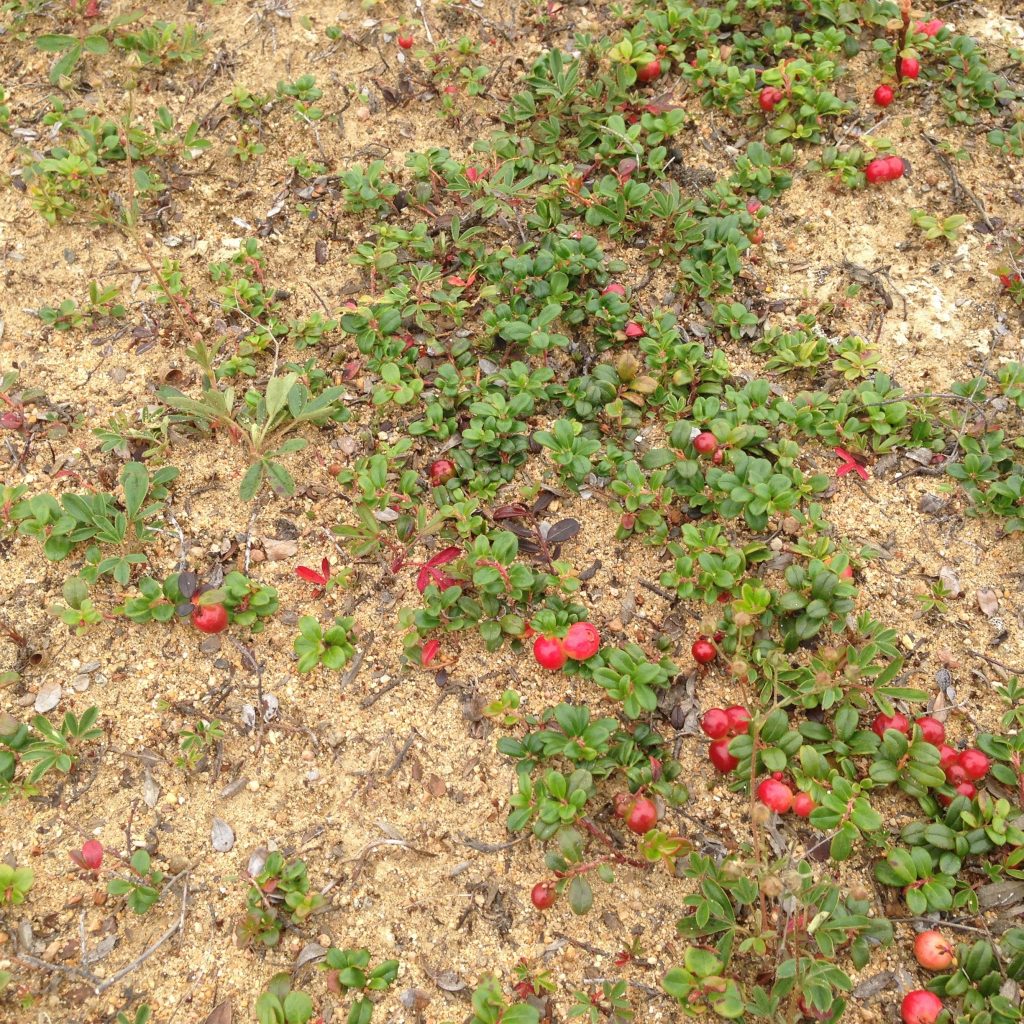
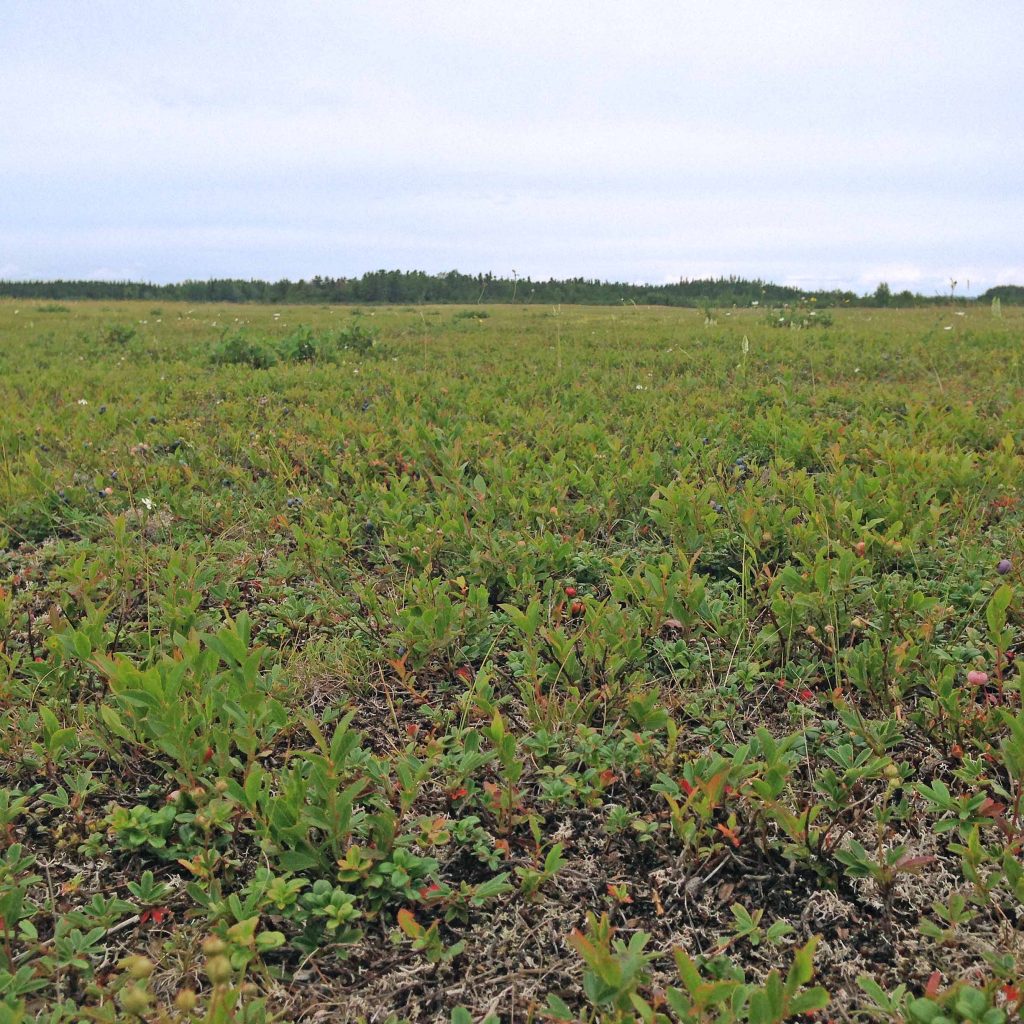
Next Training
Our next trainings are:
- Airport Wildlife Management; May 8th and 9th, 2018, in Toronto, offered in English.
Registration is open, hurry! For more information or to register, click here:
